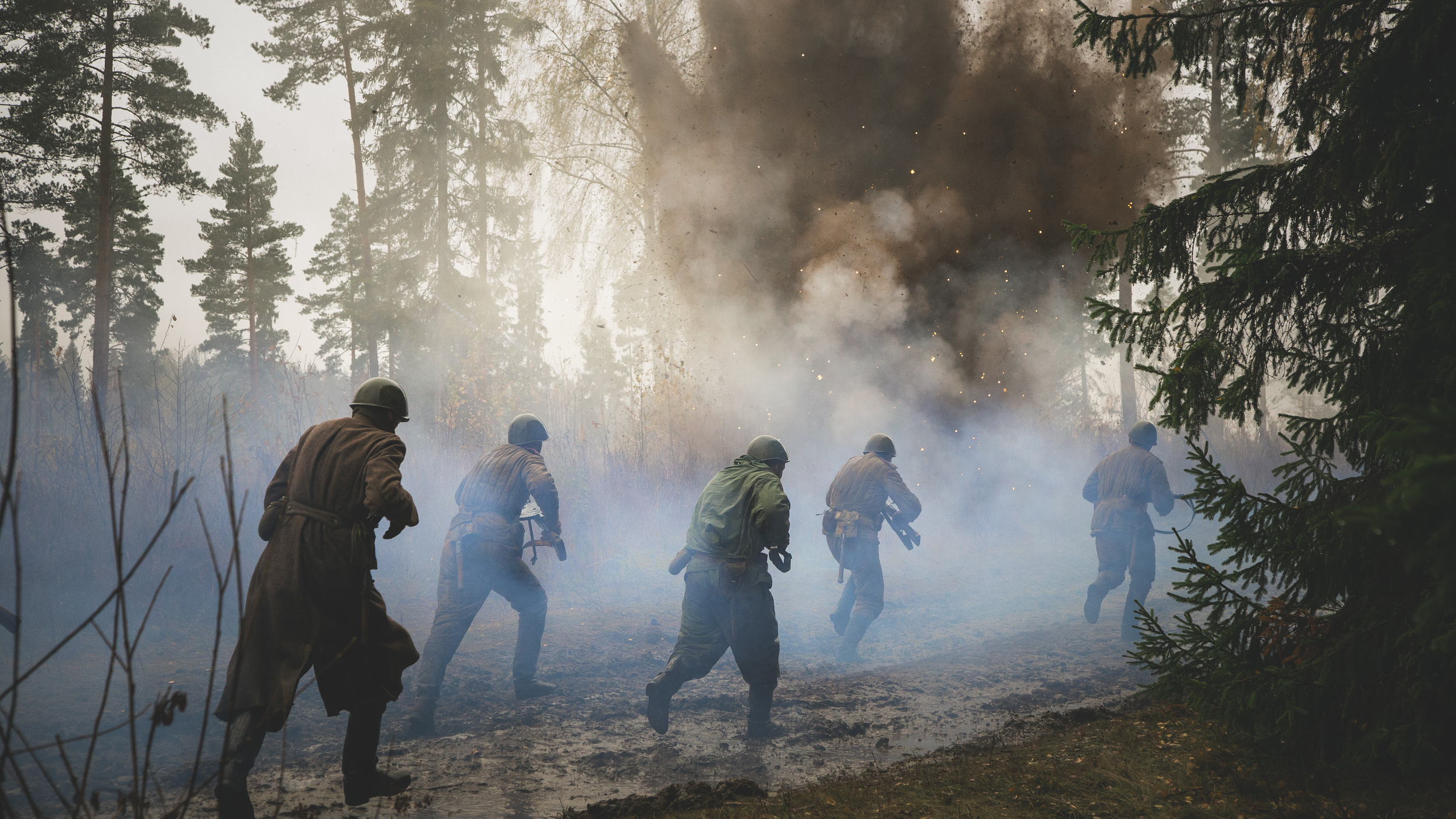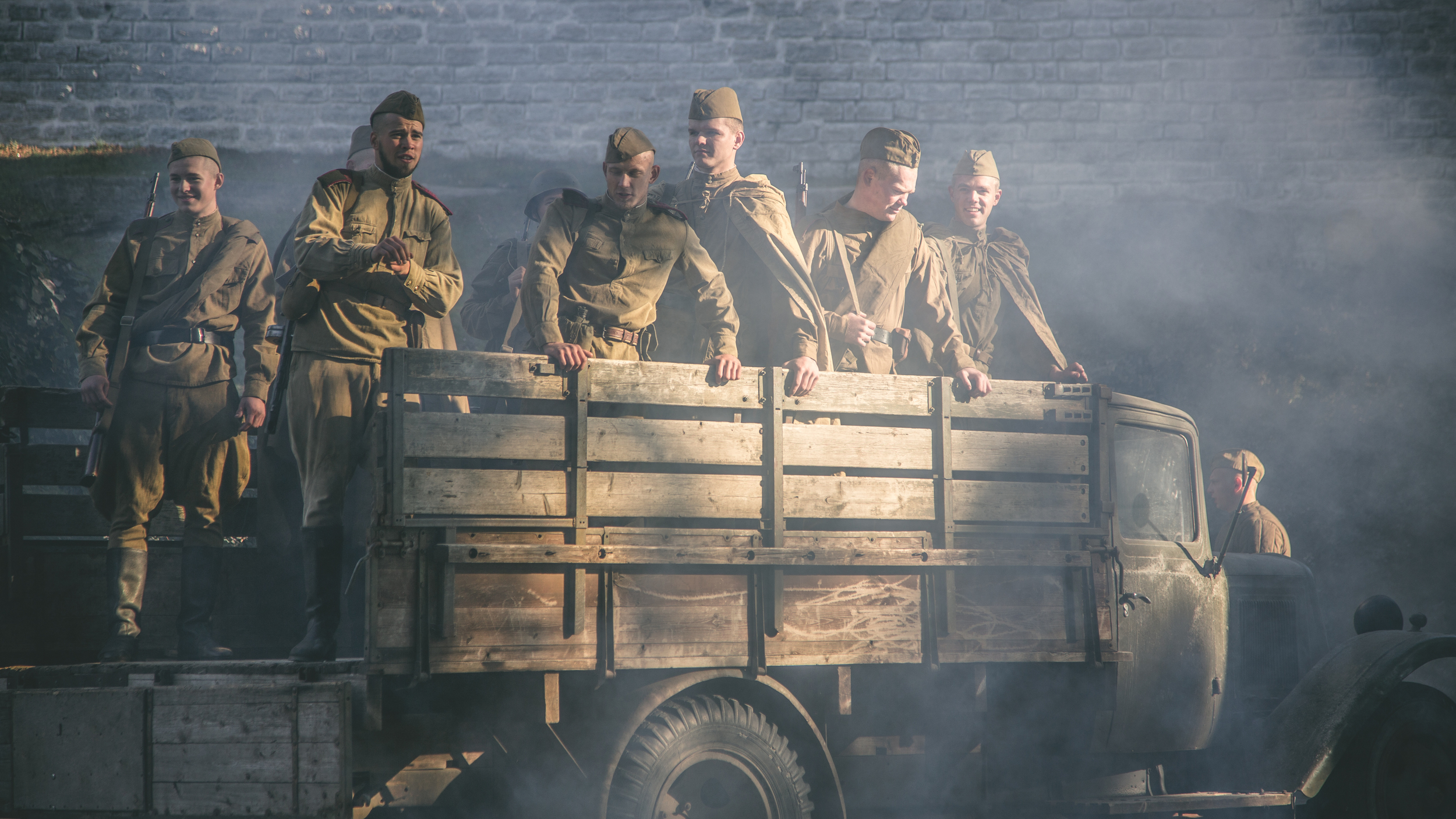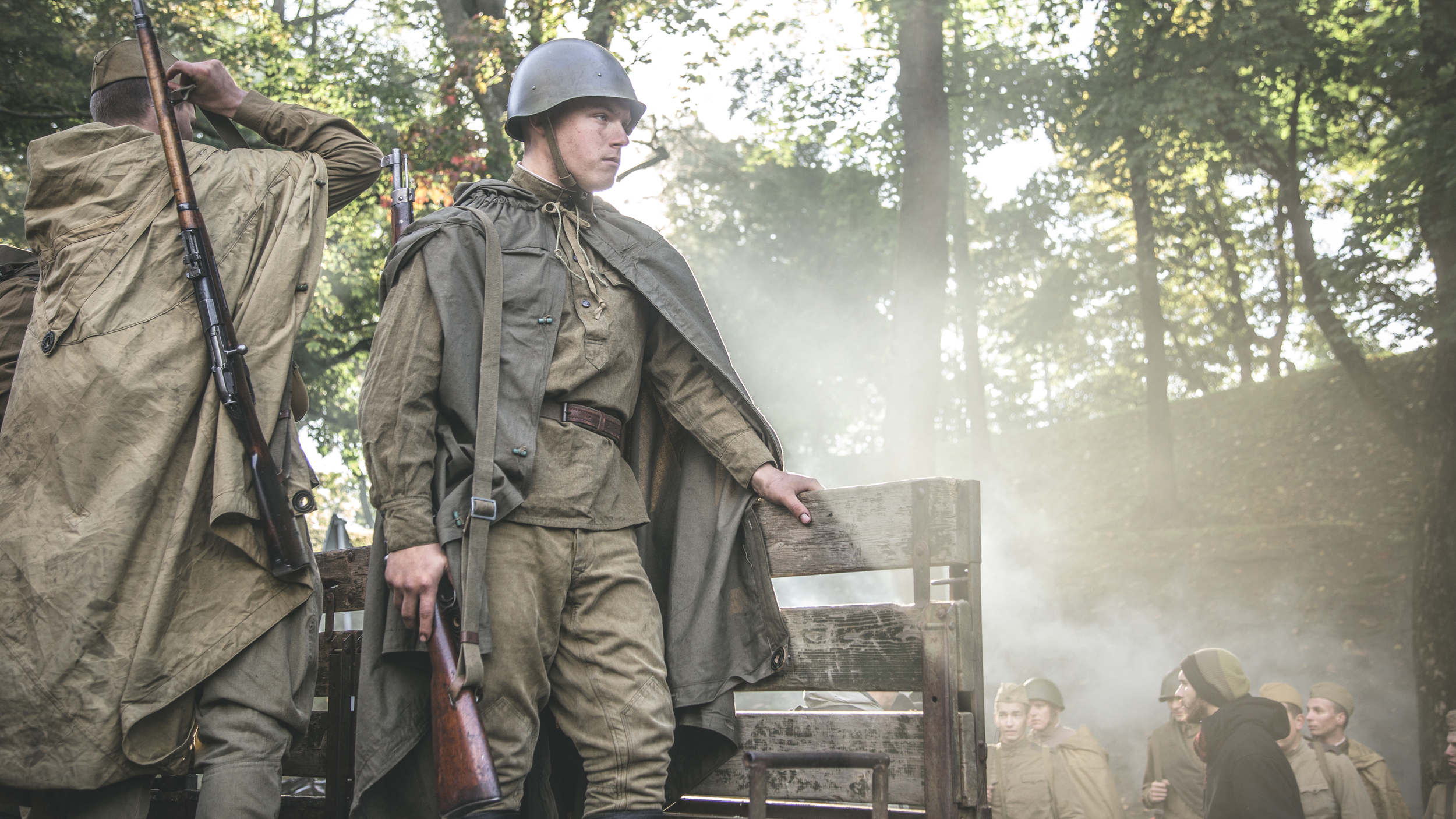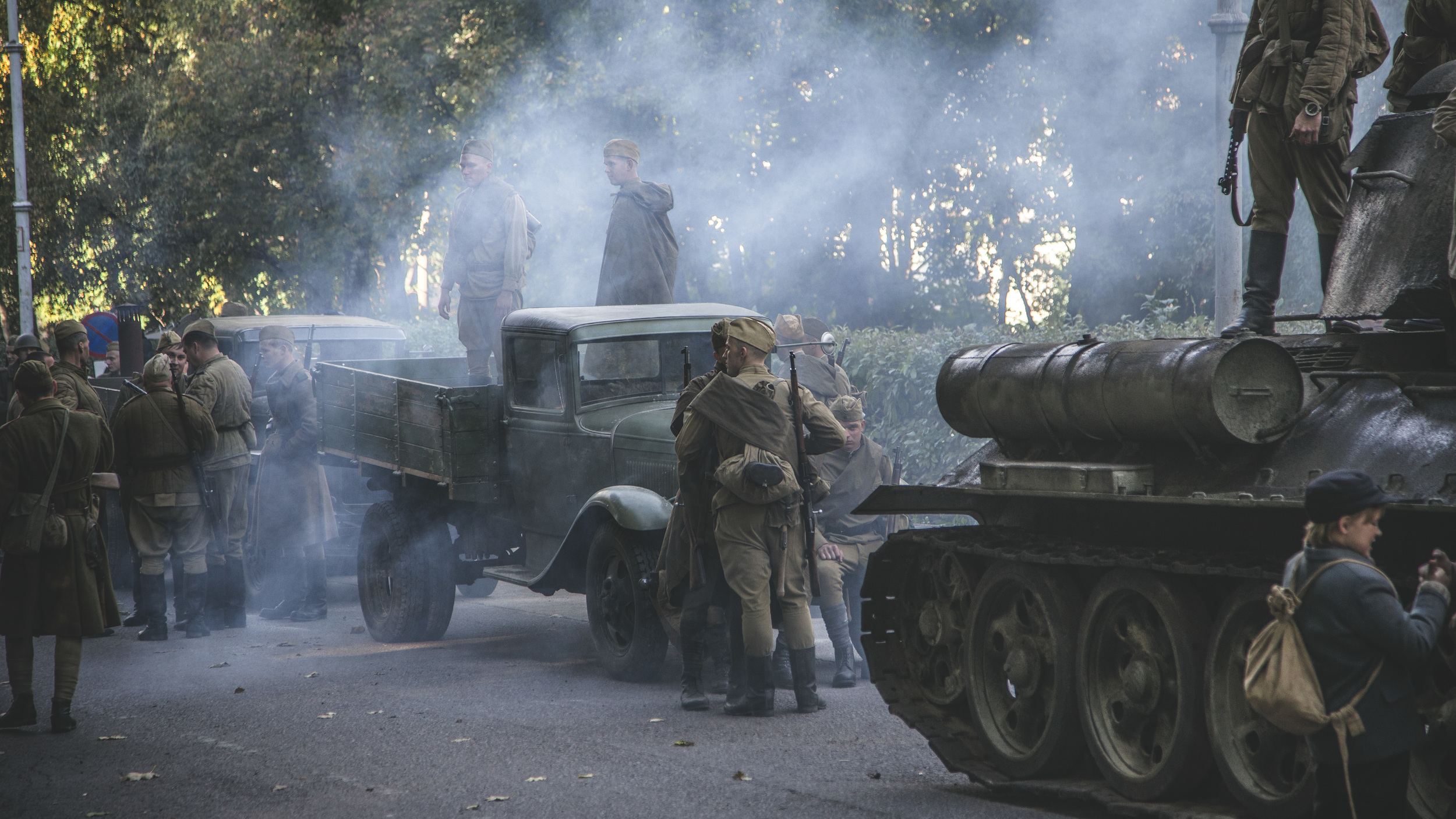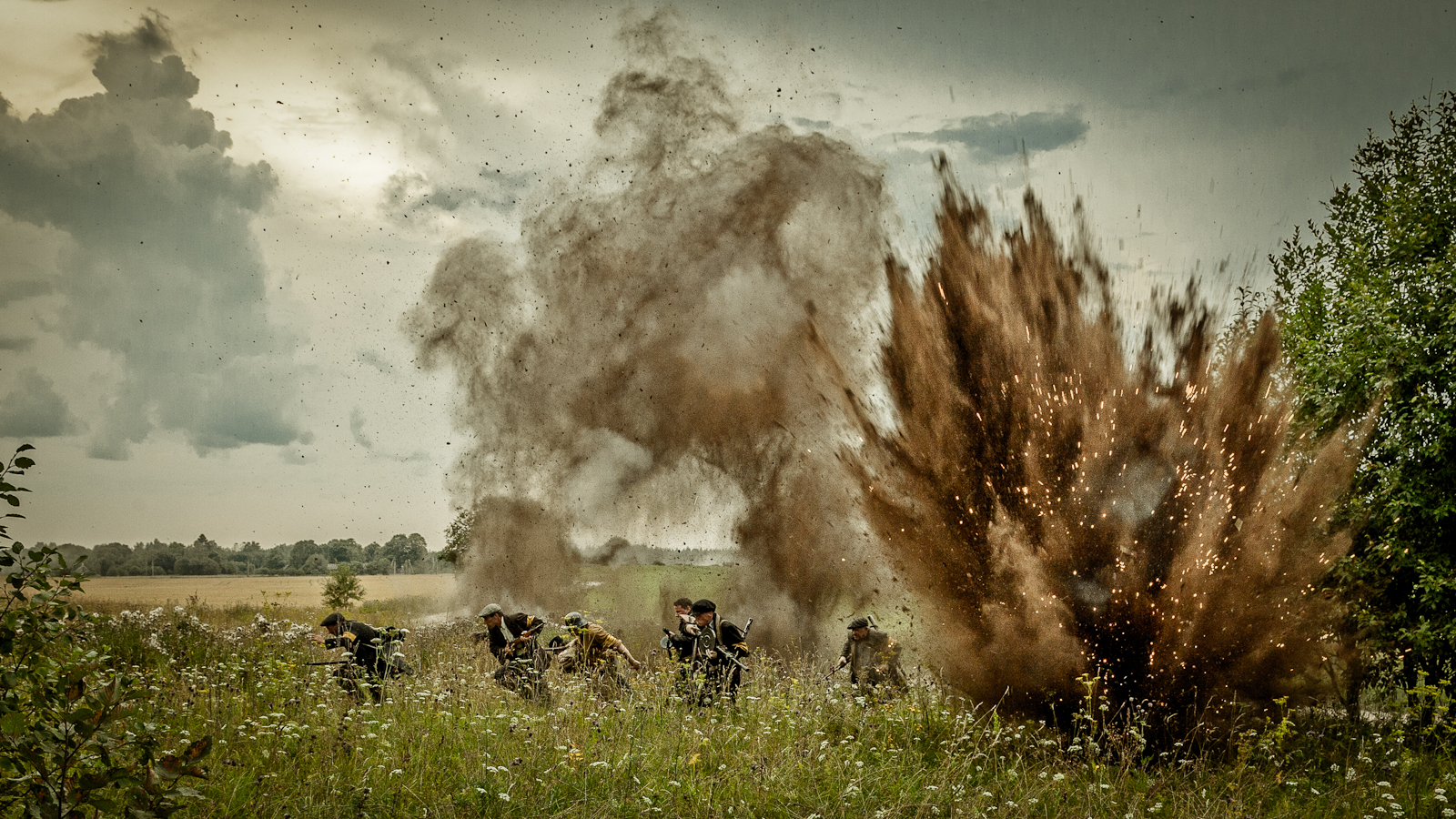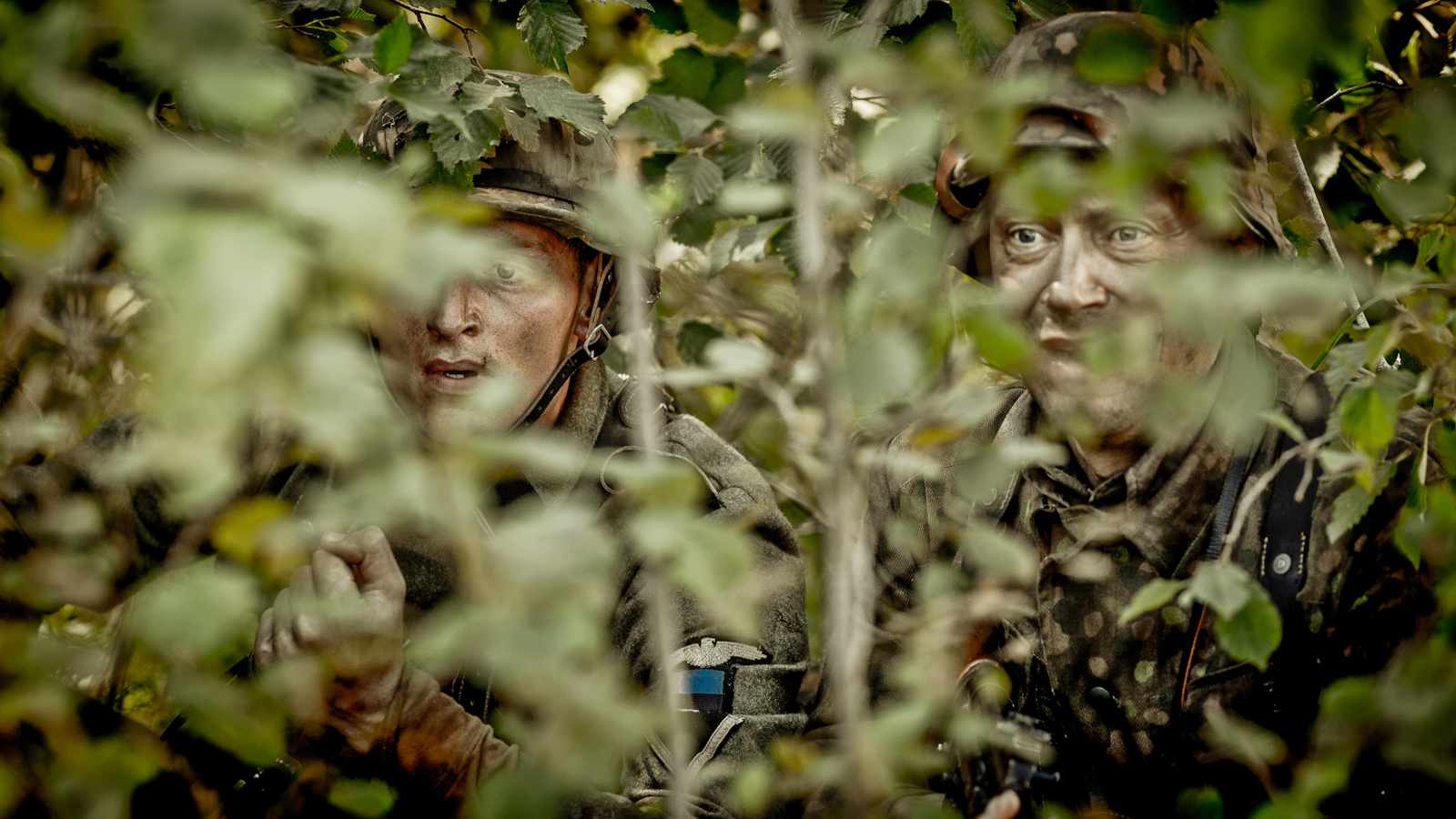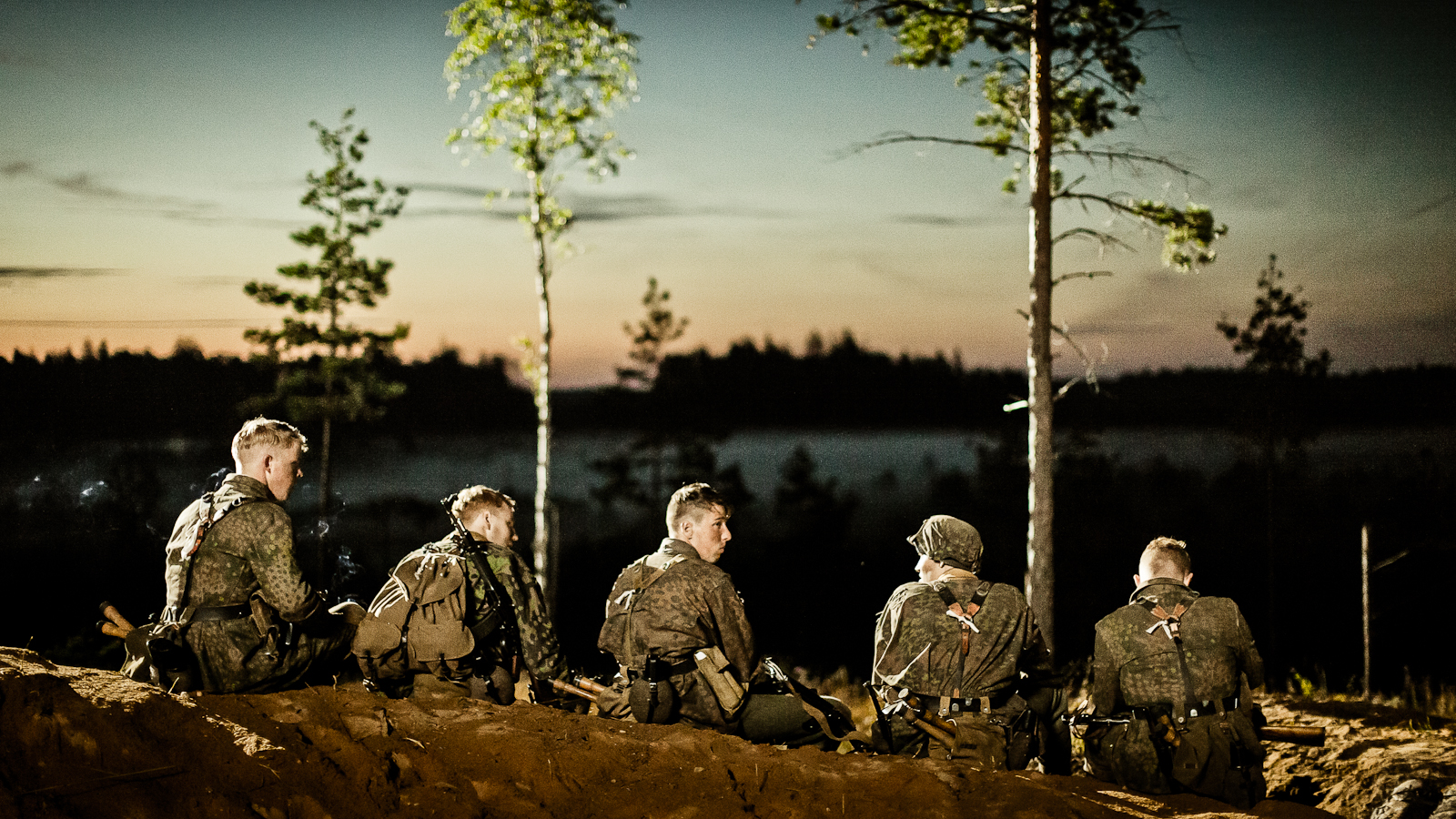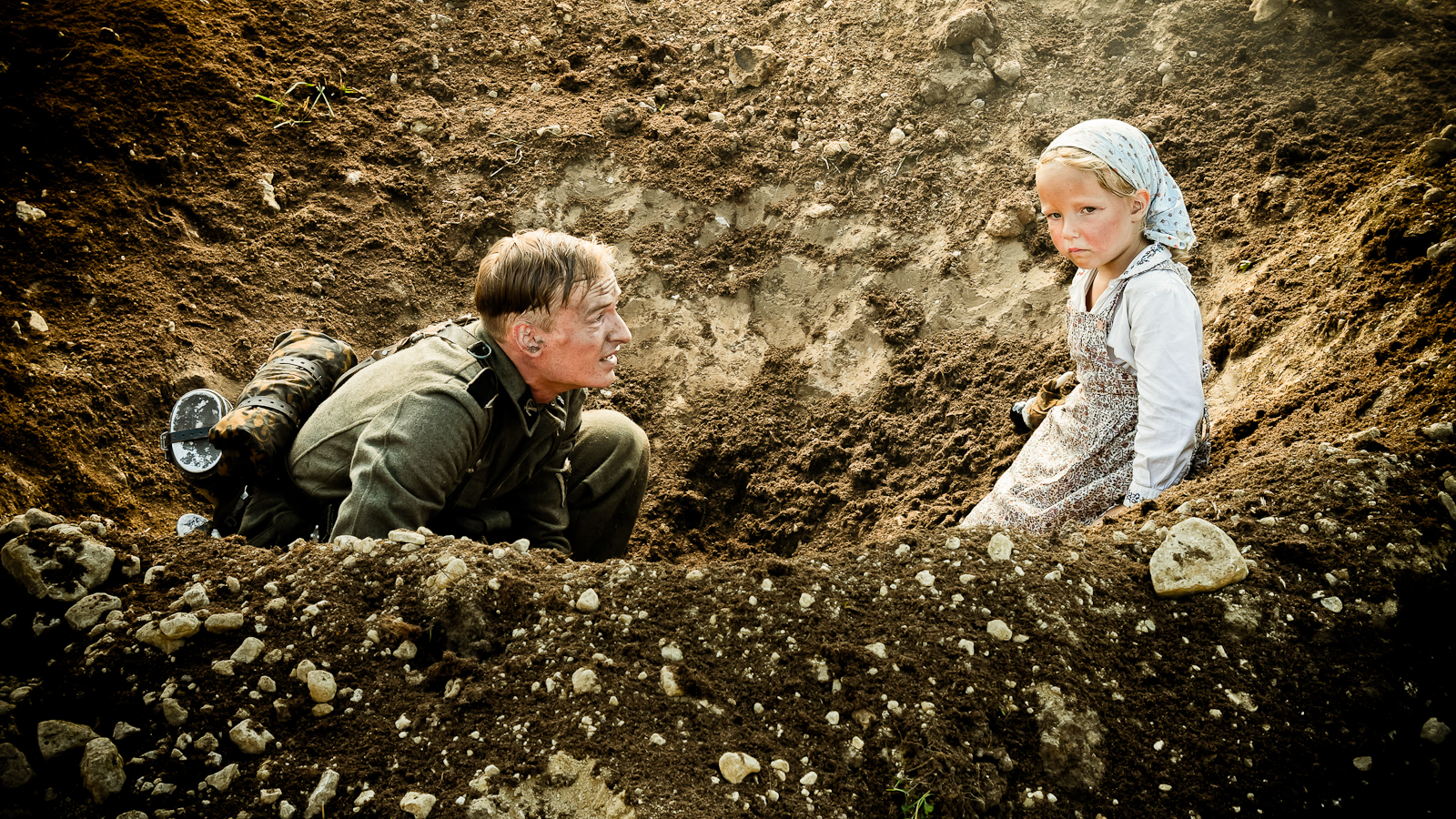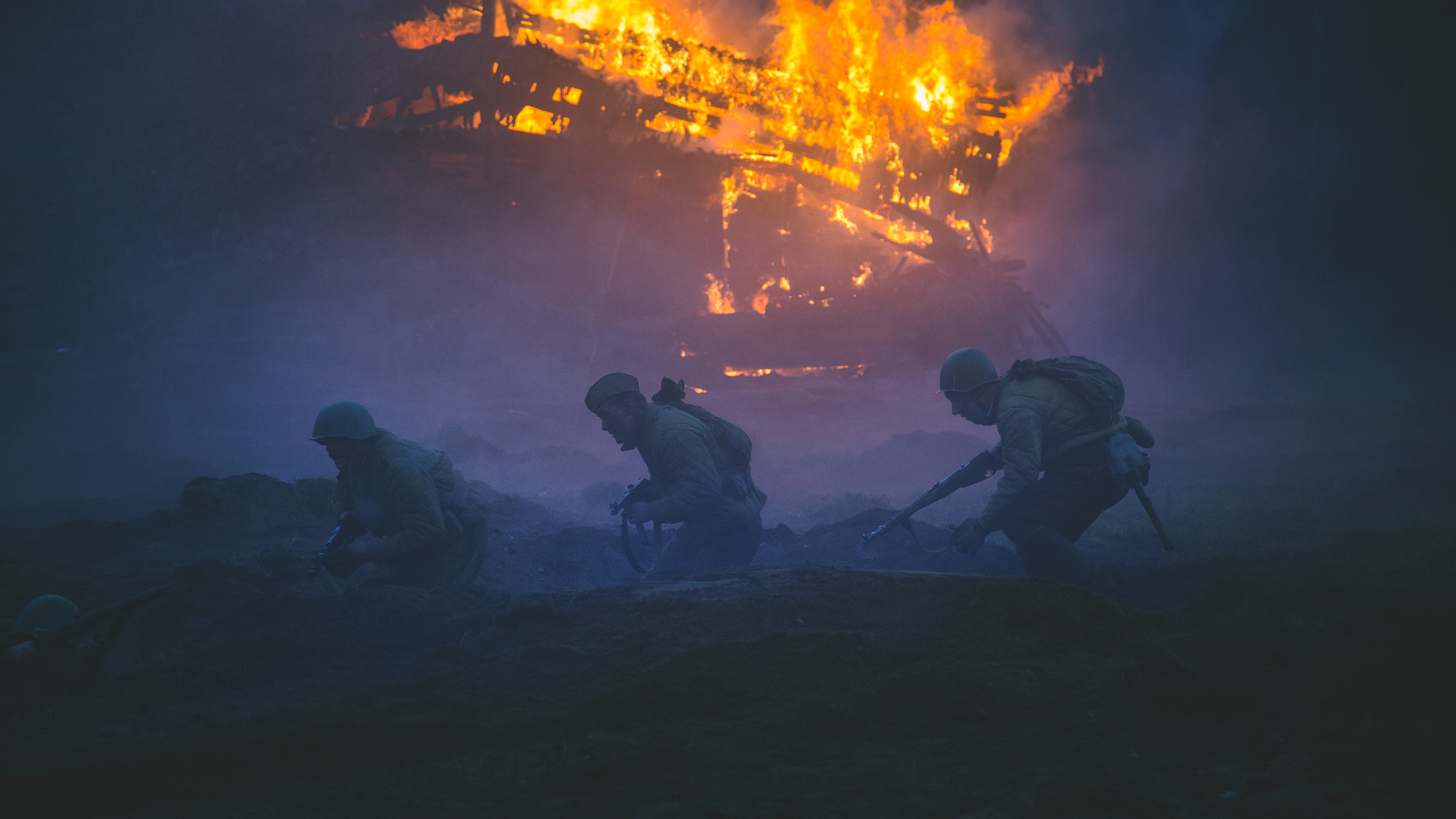Battle of Tannenberg - Kill your own or die
Feature Film - 100 min - WAR | DRAMA
Synopsis
The Battle of Tannenberg Line, second to Stalingrad, the bloodiest conflict on the Eastern Front. Volunteer infantry battalions from Denmark, East Prussia, Flanders, Holland, Norway and Wallonia within the Waffen-SS fight off Soviet Army's thrust at Germany.
Half of the SS infantry consists of local Estonian conscripts motivated to resist the looming Soviet re-occupation of their small country. Motivated until they meet their brothers in the Soviet Army. Estonian men, deported by Stalin in 1939, now brought out of Siberian labour camps and returning home in enemy uniforms.
The International Military Tribunal at Nuremberg declared the SS to be a criminal organization, but exonerated the Baltic Waffen-SS units. The US Displaced Persons Commission in September 1950 and other decisions by Western Allies have drawn the same distinction.
Today 70 years on, the makers of Estonia's biggest ever box-office success “Names in Marble”, try to show the hopes, aims and drama of these men and the ones close to them as objectively as possible. A thrilling war movie, full of action, love, tears and laughter takes us back to one of the most controversial events in history.
SPAIN - FINLAND - SWEDEN - ESTONIA - LITHUANIA - LATVIA - POLAND - GERMANY - AUSTRIA - SWITZERLAND - FRANCE - BELGIUM - NETHERLANDS - UK - IRELAND - JAPAN - KOREA - CHINA
“1944” tells the story of Estonia in World War II
In September 1939 the Soviet Union demands the establishment of Red Army military bases on the Estonian territory. A refusal would mean a war. Estonia surrenders without a fight and is occupied. The Republic of Estonia ceases to exist.
A hope that surrendering is a way to save Estonia from war turns out to be an illusion. In World War II around 55,000 Estonians are mobilised into the Red Army and at least 72,000 into the German armed forces. Estonians are forced to fight brother against brother in a war of others – in a deadly battle between the Soviet Union and the Greater German Reich – where they have nothing to win.
The director Elmo Nüganen has created a feature film about the events of war in Estonia in 1944. The action of “1944” spans from the Battle of Tannenberg Line in July to the occupation of the Sõrve peninsula by the Red Army at the end of November. The war is depicted through the eyes of Estonians fighting on either side, in the German army and in the Red Army.
Waffen-SS* volunteer Karl Tammik is seventeen years old, when his parents and younger sister are deported to Siberia in 1941. He has a lucky escape – he’s simply not at home on the day of the deportation.
Repressions organised by the Soviet power in the years 1940 and 1941 – arrests of innocent people, deportations and executions – motivate many Estonians to join the German, their all time historic enemy. Karl is one of them. By the summer of 1944 he is an experienced frontline soldier of the Estonian 20th Waffen Grenadier Division of the SS.
Jüri Jõgi, senior sergeant of the Red Army, is summoned to the Estonian Defence Forces in 1939 to perform his military service. In June 1940 his unit watches the Red Army march in.
“Without much warning, we ourselves were part of the Red Army only a couple of months later,” he says. When the war breaks out, their unit retreats towards Leningrad. In late autumn 1941 all the Estonians mobilised into the Red Army are gathered up and sent to labour battalions, where around 12,000 Estonian citizens die of hunger, disease and exhaustion, as their living conditions are worse than in prison camps.
When an Estonian body of troops – the 8th Estonian Rifle Corps – is formed in the Red Army at the beginning of 1942, it means a narrow escape for Jüri and the rest of the survivors. By the summer of 1944 Jüri has become an experienced non-commissioned officer who knows that he serves in an army where only those survive who can keep their mouth shut. The fate of the Estonian people in World War II is conveyed through the stories of these two main characters, their comrades in arms and those close to them. It’s a different story than the one of the winners or losers of the big war. In World War II Estonia loses around 300,000 people, one in four inhabitants. Nevertheless, the story has a happy ending: on August 20th 1991 the independence of the Republic of Estonia is restored without a single victim.
Title Information
Directed by: Elmo Nüganen
Written by: Leo Kunnas
Genre: War | Drama
Duration: 100 min
Language: Estonian | German | Russian
Subtitles: English | Russian
Producer: Kristian Taska (Names in Marble)
Coproducers: Ilkka Matila, Maria Avdjushko
Cast: Maiken Schmidt, Kaspar Velberg, Kristjan Üksküla
Screen ratio: 2.39:1
Production Company: Taska Film, MRP Matila Röhr Productions
Website: www.taska.ee
Theatrical Premiere: Feb. 20th 2015 (Estonia)






